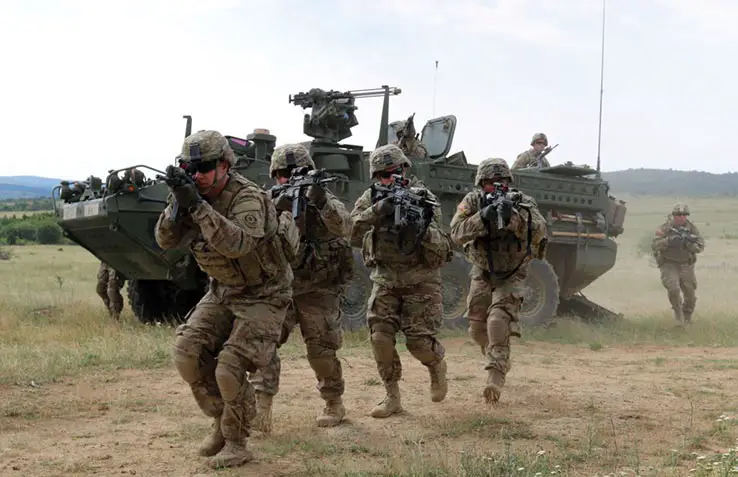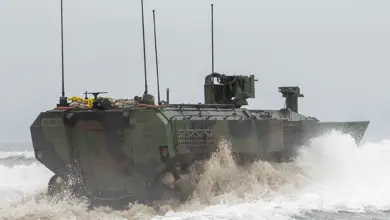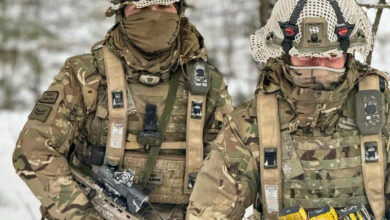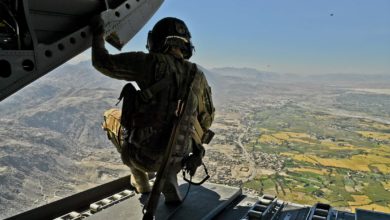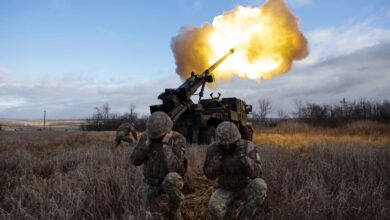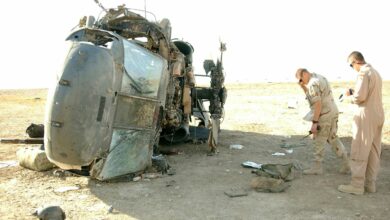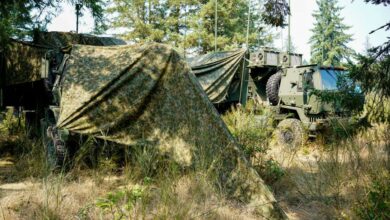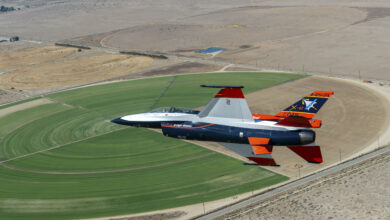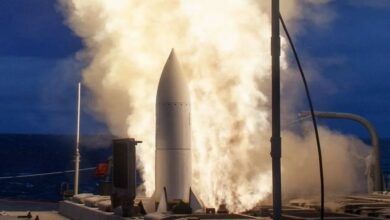US Army Developing Uniform Fiber That Transmits Data
The US Army, in collaboration with the Institute for Soldier Nanotechnologies (ISN), is developing a programmable fiber capable of transmitting data when worn in soldiers’ uniforms.
The smart fiber allows for the sensing, storage, and data analysis of troop movements during missions. It can also monitor soldiers’ vital signs and exposure to toxins.
Furthermore, the thin, flexible material could potentially alert GIs in real-time when they experience health changes such as insufficient respiration or irregular heartbeat.
“This groundbreaking research… could revolutionize soldier uniforms,” US Army official James Burgess said. “We could outfit our soldiers with uniforms that could generate power… All of this could be done with very little increase in weight carried by the soldier.”
Researchers stored a 767-kilobit full-color video file and a 0.48-megabyte audio file in the fiber to test its memory capacity. They said the material could store data for up to two months without power.
The Next Step
The US Army and its partner research firm revealed that the fiber collected 270 minutes of surface body temperature data when they tried it on a person. The fiber helped them determine with 96 percent accuracy what activity the wearer was engaged in.
Army researchers are also exploring ways to design a chip that can act as a “microcontroller” for the hi-tech material. For now, a small external device serves as the controller of the fiber.
“When we can do that, we can call it a fiber computer,” ISN doctoral student Gabriel Loke remarked.
Additional Advances
In April, the US Army reported that its researchers were conducting a study that involves an adaptive exoskeleton boot that optimizes soldier performance. It aims to explore how humans adapt to intelligent systems and how brain and muscle signals carry information that could be used to help train autonomous tech.
“Intelligent agents are rapidly becoming more prevalent for many applications and are expected to work in conjunction with humans to extend the team capability,” US Army researcher, Dr. J. Cortney Bradford, said.
The armed forces also issued a call for proposals to install facial recognition security systems at entry points on all their bases. They said the system should be designed to see through the windshield of approaching vehicles in various weather conditions.

